The annual fiscal cost of leakage in the distribution of food grain to more than 800 million beneficiaries under the free rations scheme is estimated at Rs 69,000 crore, according to ICRIER study.
Indian Council for Research on International Economic Relations (ICRIER)
|
|---|
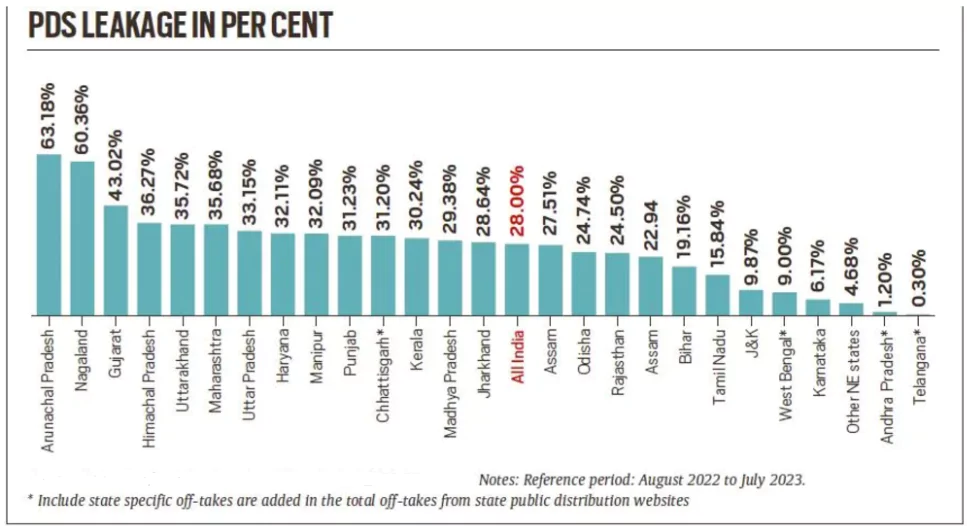 Extent of Leakages: Approximately 28% of the rice and wheat distributed under the PDS does not reach beneficiaries, resulting in a loss of 19.69 million metric tonnes (MMT) of grains annually (2022-23).
Extent of Leakages: Approximately 28% of the rice and wheat distributed under the PDS does not reach beneficiaries, resulting in a loss of 19.69 million metric tonnes (MMT) of grains annually (2022-23).
Pradhan Mantri Garib Kalyan Anna Yojana (PMGKAY):
|
|---|
Antyodaya Anna Yojana (AAY)
|
|---|
One Nation One Ration Card (ONORC) scheme
|
Measures Taken by the Government to Improve PDS
|
|---|
A restructured PDS with targeted free food, DBT for leakages, and diversified nutrition options is critical for addressing poverty and malnutrition effectively. Food subsidy savings must focus on investments that offer long-term returns and improve overall food and nutritional security.
The Chennai Vladivostok eastern maritime corridor has become operational and is carrying oil, food and machines, Minister of Ports, Shipping and Waterways said at the Sagarmanthan: The Great Oceans Dialogue.
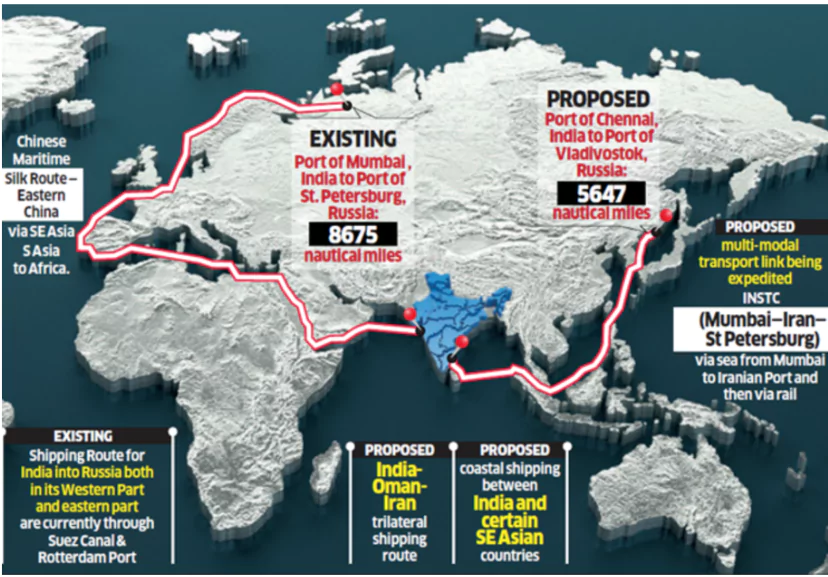
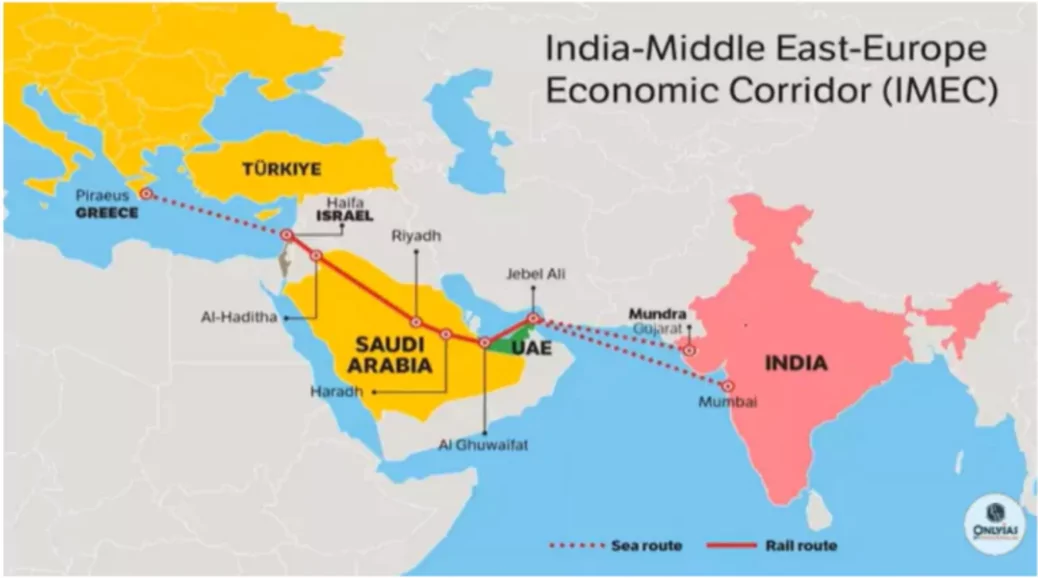 Purpose:
Purpose:High temperatures and reduced salinity in Sambhar lake may have created conditions conducive to avian botulism, resulting in the mass deaths of migratory birds in Rajasthan.
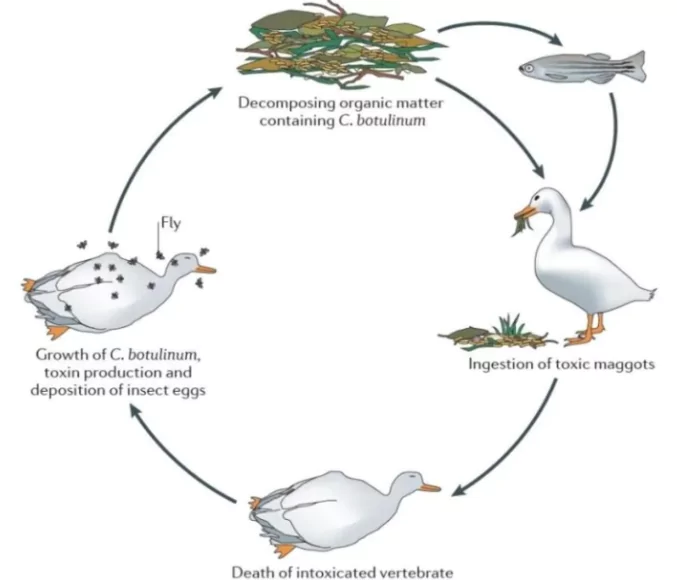 Impact on Birds: It affects the nervous system, causing paralysis in the legs and wings of birds.
Impact on Birds: It affects the nervous system, causing paralysis in the legs and wings of birds.
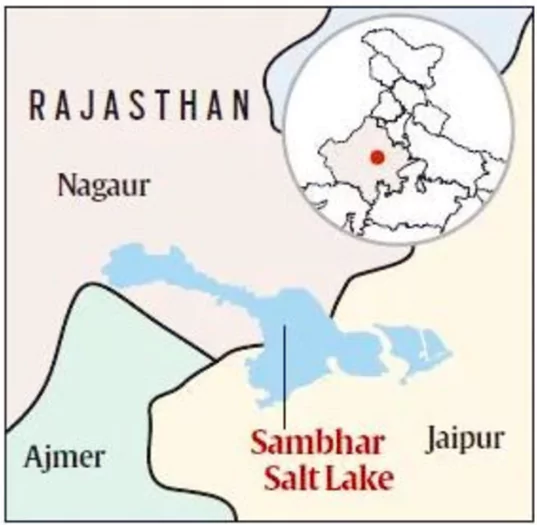
The Global Energy Efficiency Alliance was launched by the UAE at the COP29 in Azerbaijan.
A study published in Scientific Reports in February 2024 estimated that 40% of bumblebee species in the Indian Himalaya could lose more than 90% of their habitat by 2050.
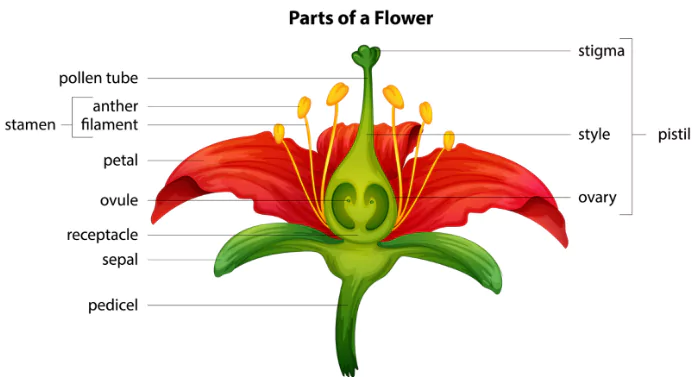
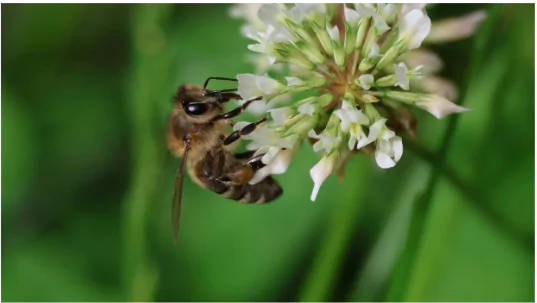 Pollinator
Pollinator
Sanjay Murthy, a 1989 batch IAS officer, has been appointed as the new Comptroller and Auditor General of India (CAG) by President Droupadi Murmu succeeding Girish Chandra Murmu.
| Parameter | CAG of India | CAG of the UK |
| Power & Role | Acts only as an Auditor General, not a Comptroller. | Acts as both Comptroller and Auditor General. |
| Audit Approach | Ex post facto: Audits accounts after expenditure is incurred. | Pre-audit: Ensures no money is drawn from the treasury without approval. |
| Parliament Membership | Not a member of Parliament. | Member of the House of Commons. |
| Autonomy | Limited autonomy; dependent on the executive for resources. | Higher operational and financial independence. |
| Scope of Work | Audits public funds at both central and state levels. | Focuses on national-level public funds and compliance. |
Rajasthan Rajya Vidyut Utpadan Nigam Limited (RRVUNL) has once again questioned the legitimacy of a report by the Chhattisgarh State Scheduled Tribes Commission (CSSTC), which found irregularities in environmental clearances for the Parsa coal mine in the Surguja region of Chhattisgarh.
| Types of Coal | Characteristics | Found In |
| Anthracite |
|
Jammu and Kashmir |
| Bituminous |
|
Jharkhand, Odisha, West Bengal, Chhattisgarh, Madhya Pradesh |
| Subbituminous |
|
Jharkhand, Odisha, Chhattisgarh, parts of other Gondwana fields |
| Lignite |
|
Rajasthan, Tamil Nadu, Jammu & Kashmir |
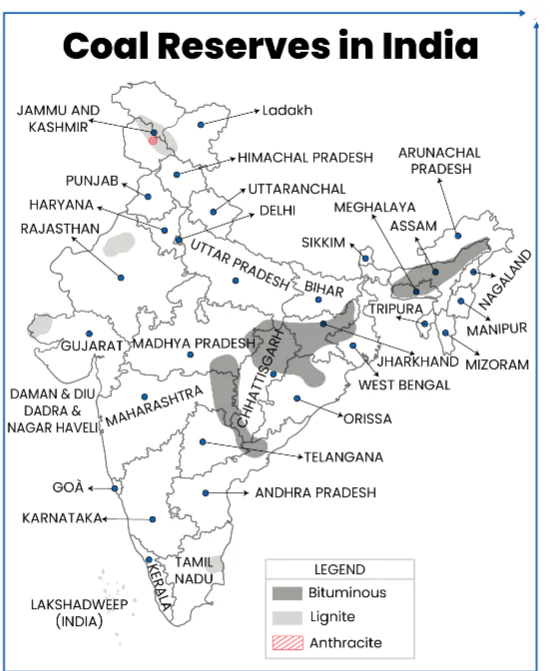
Key Data on Coal in India
|
|---|
India marked a significant achievement by launching GSAT-20 aboard SpaceX’s Falcon-9 rocket, marking the first partnership between NewSpace India Limited (NSIL), the commercial arm of ISRO, and SpaceX for satellite deployment.
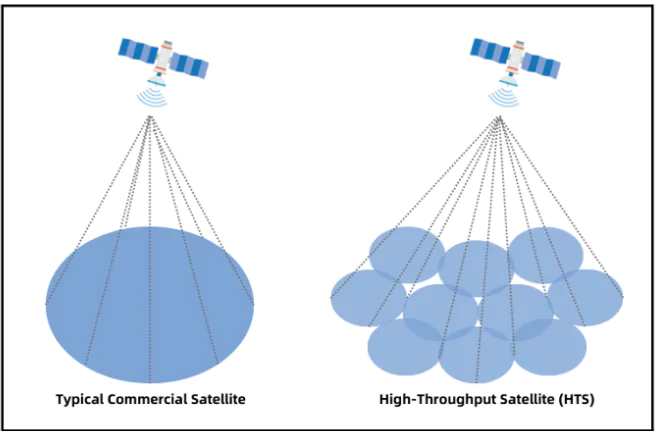 Mission Life: 14 years
Mission Life: 14 years
Recently Finance Minister Nirmala Sitharaman addressed critical issues affecting the banking sector, and stressed the need for banks to actively utilize the Bad Bank to resolve distressed assets.
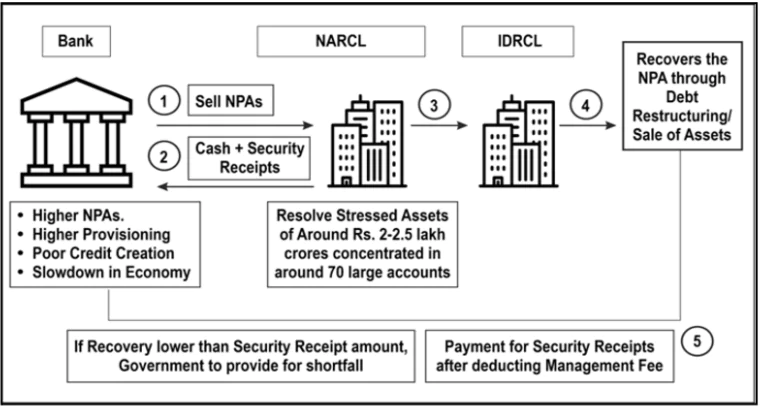
PM Modi is attending the 19th G20 Summit scheduled for November 18 and 19, 2024, in Rio de Janeiro,Brazil.
G20 Troika System
|
|---|
Context: On World Diabetes Day, the Union Minister for Science and Technology introduced the ‘PPP plus PPP’ model.
Context: India expressed dissatisfaction on unwillingness by Developed countries to engage in the Climate Finance and Mitigation Work Programme at CoP29 in Baku, Azerbaijan.
Context: A recent study has found that the suspension of futures derivative trading of agricultural commodities in 2021 has disrupted the agricultural pricing system and worsened inflation.
Context: Recently, Prime minister launched Ayushman Vaya Vandana health cards under the Ayushman Bharat Pradhan Mantri Jan Arogya Yojana (AB PM-JAY)
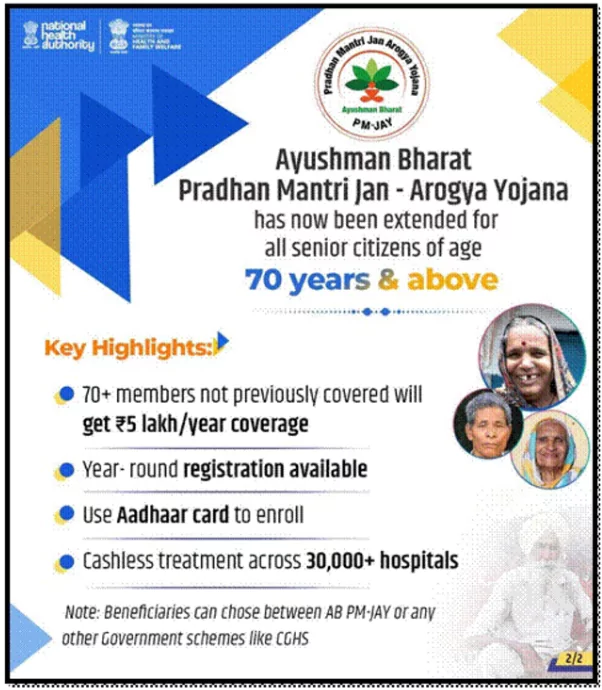
<div class="new-fform">
</div>
